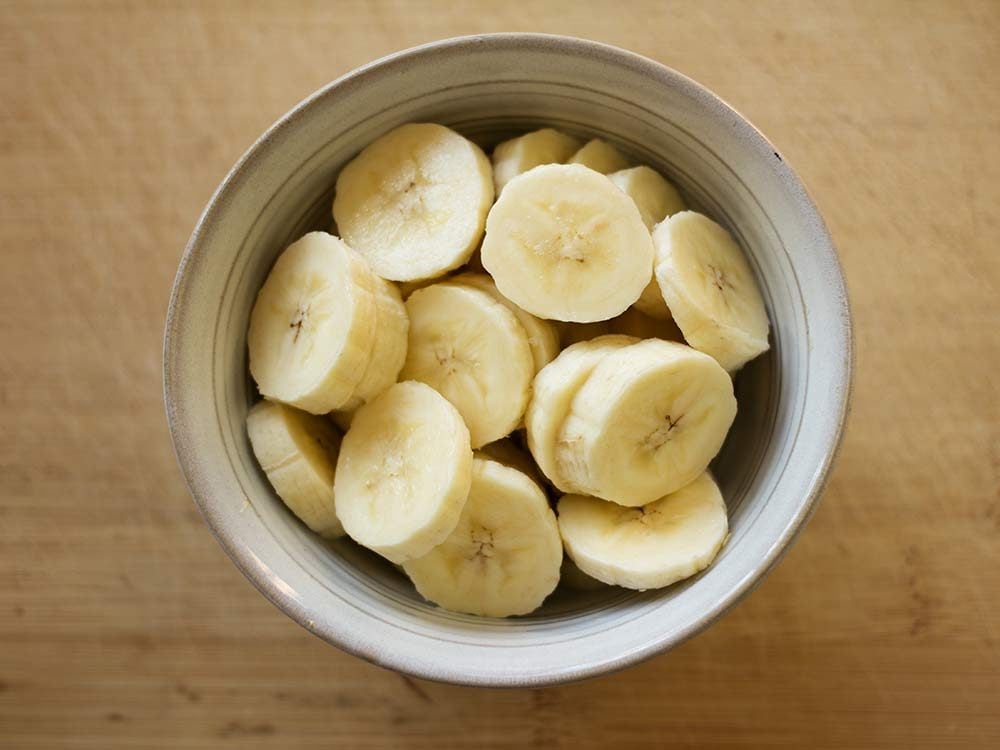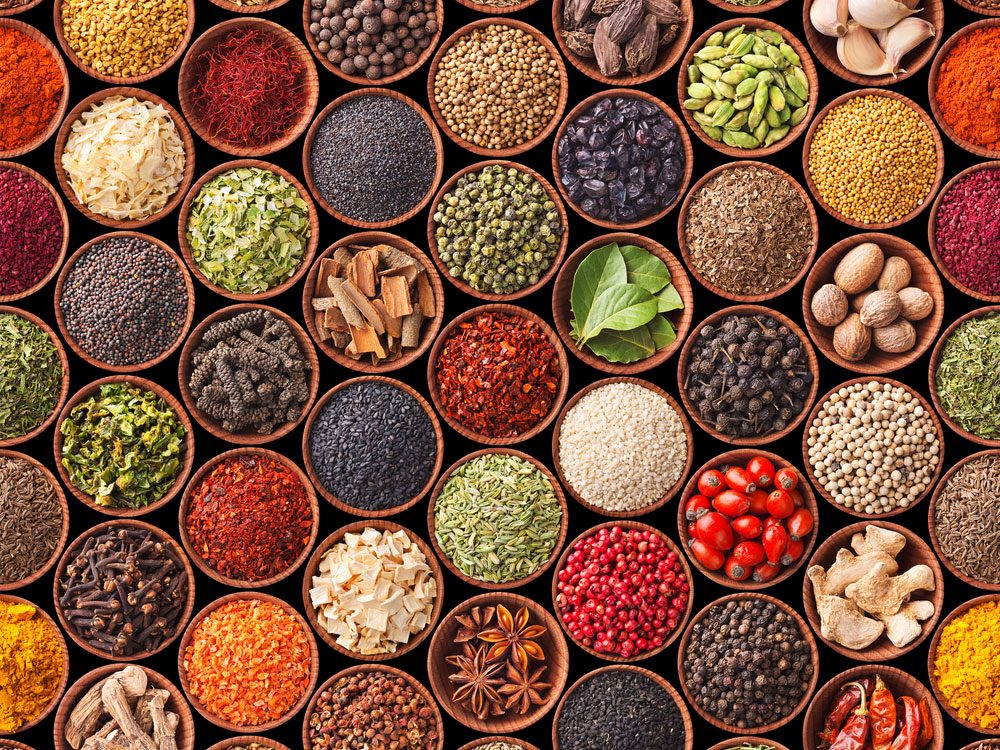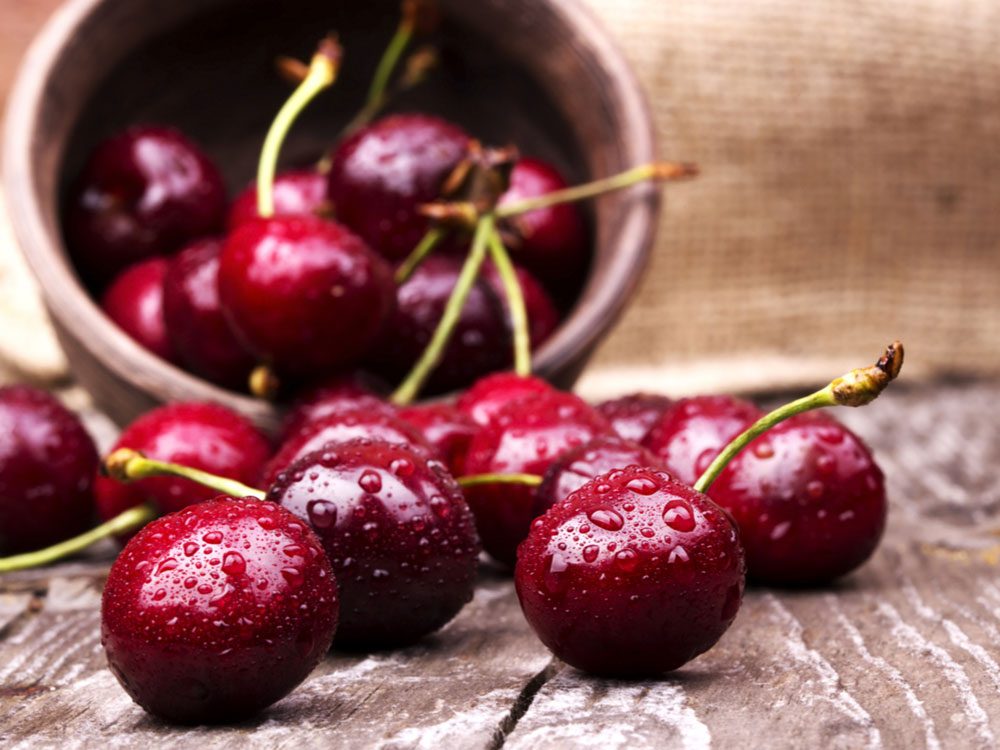
The Top Organic Foods to Buy
Organic food tends to have a lower impact on the environment and is often grown under more conscientious conditions. It may also benefit your health. A 2015 meta-analysis of more than 300 studies published in the British Journal of Nutrition found that food from organic crops contained, on average, 20 to 25 percent more antioxidants and had lower levels of toxic metal and pesticides. The downside is that these products can be expensive. Knowing the top organic foods to buy can help you tailor your purchases to your budget.

Organic Blueberries
The annual Shopper’s Guide of the Environmental Working Group ranks fruits and vegetables contaminated by pesticides from most to least—the 12 most contaminated earning the moniker, “The Dirty Dozen”. In this year’s Dirty Dozen, blueberries came in at number 11.
There’s another reason to go green with blueberries: Organic blueberries tend to be smaller, and there are more antioxidants in smaller blueberries. (The antioxidants are in the skin!)
These facts about wild blueberries will change the way you think—and eat.

Organic Peaches
Both the Environmental Working Group (EWG) and the Canadian Food Inspection Agency (CFIA) have shown that peaches can carry multiple residues: the fuzzy fruit sits in fourth place on the EWG’s 2023 Dirty Dozen list of pesticide-heavy produce. Since the organic version can be pricey at some times of the year, it’s worth waiting until peaches are in season, when you may be able to find local—and cheaper—options.
Check out 10 must-visit farmers’ markets across Canada.

Organic Apples
Reports from the CFIA have noted that apple crops contained traces of multiple pesticides, but the fruit nevertheless consistently stayed under the agency’s maximum residue limit. It’s worth choosing organic varieties of domestic and imported apples because we don’t know the impact of multiple residues on our bodies. Ralph C. Martin, retired professor in the University of Guelph’s plant agriculture department, says it’s an area in need of research. Rather than tracking arbitrarily set levels of one pesticide at a time, he says, we should be measuring “the cumulative and interactive effect of eating pesticides over time.”
Don’t miss the impressive health benefits of apples.

Organic Bananas
Thanks to the protective peel, the edible part of a banana does not contain many pesticides. Nevertheless, organic bananas are one of the top organic foods to buy because traditional growing practices use large amounts of chemicals, putting the local environment and plantation workers at risk.
Here are six tricks to make your bananas last longer.

Organic Beef
There are several reasons to choose organic beef. For one, the type of corn fed to conventionally-raised cows is treated with neonicotinoid insecticides, which have been shown to kill bees and set off a cascade of environmental problems. Organic cows roam in pastures, where they eat grass and other plants, which, unlike corn, are what they’re biologically designed to munch on. That diet is healthier for the animals and, according to research out of the University of Toronto, makes the meat better for us. Scientists have found that, compared to their conventional counterparts, meat and dairy from grass-fed cows have a higher ratio of omega-3 to omega-6 fatty acids (the former reduces inflammation; the latter exacerbates it). Finally, because organic beef doesn’t contain antibiotics or growth hormones, it’s less likely to have been exposed to drug-resistant bacteria.
Check out the best apps to save money on groceries.

Organic Dried Herbs and Spices
Read the labels on the herbs and spices in your pantry. If the ones you use most often are imported into Canada, consider buying them organic. Imported dried spices are often irradiated, says Sarah Ramsden, a Vancouver Island-based certified nutritional practitioner. “This increases the shelf life,” she explains, “but it reduces the nutritional content of the food.”
Find out which healing plants you can grow at home.

Organic Potatoes
Although potatoes do score well when it comes to complying with the maximum residue limit, the CFIA reports that spuds have traces of multiple pesticides. “Potatoes have a few persistent pests,” says Mary Ruth McDonald, the University of Guelph’s research program director of plant production systems. This may explain the need for chemical spraying. As is the case with apples, buying organic in this category is a good choice.
Here are 20 high-antioxidant foods worth adding to your cart.

Organic Dairy
“Organic is a great option for dairy, especially butter,” says Ramsden. Organic dairy cows spend part of their spring and summer outdoors, where they graze on grass and other greens; while in the cooler months, they are fed organic feed (which is better for bees because it doesn’t involve the use of neonicotinoids). One hundred percent grass-fed butter can be expensive and hard to find. Ramsden stocks up in the summer and early fall, closer to when cows have access to pasture, and freezes it for use throughout the winter.
Here’s what you need to know about the health benefits of milk.

Organic Strawberries
For several years in a row, strawberries have topped EWG’s “Dirty Dozen” list. Most of the world’s strawberries are grown in California, where growers have been known to use methyl bromide to combat soil-borne pathogens and weeds. According to the group’s research, one third of all non-organic strawberry samples contain 10 or more pesticides.
Here are the healthiest fruits you can buy.

Organic Spinach
Ranking second on EWG’s “Dirty Dozen” list is spinach—more than 90 percent of samples tested contained pesticide residues. Even though the CFIA monitors residue limits on all produce sold in Canada, it’s still a good reason to go organic.
Find out which fruits and vegetables you should (and shouldn’t) peel.

Organic Tomatoes
Unlike bananas, the skin of tomatoes doesn’t stop pesticides from penetrating the whole vegetable. Traditional tomato-growing practices use large amounts of pesticides. A 2012 study published by the University of Barcelona found that organic tomatoes contain higher levels of phenolic compounds (which can aid in cancer prevention) than conventional ones.
Brush up on the latest breakthroughs in cancer research.

Organic Cherries
Coming in at tenth on EWG’s “Dirty Dozen” list are cherries—more than 90 percent of samples tested positive for at least one pesticide. Non-organic cherries are covered with a fungicidal wax to increase shelf life.
Now that you know the top organic foods to buy, check out our ultimate guide to healthy grocery shopping.